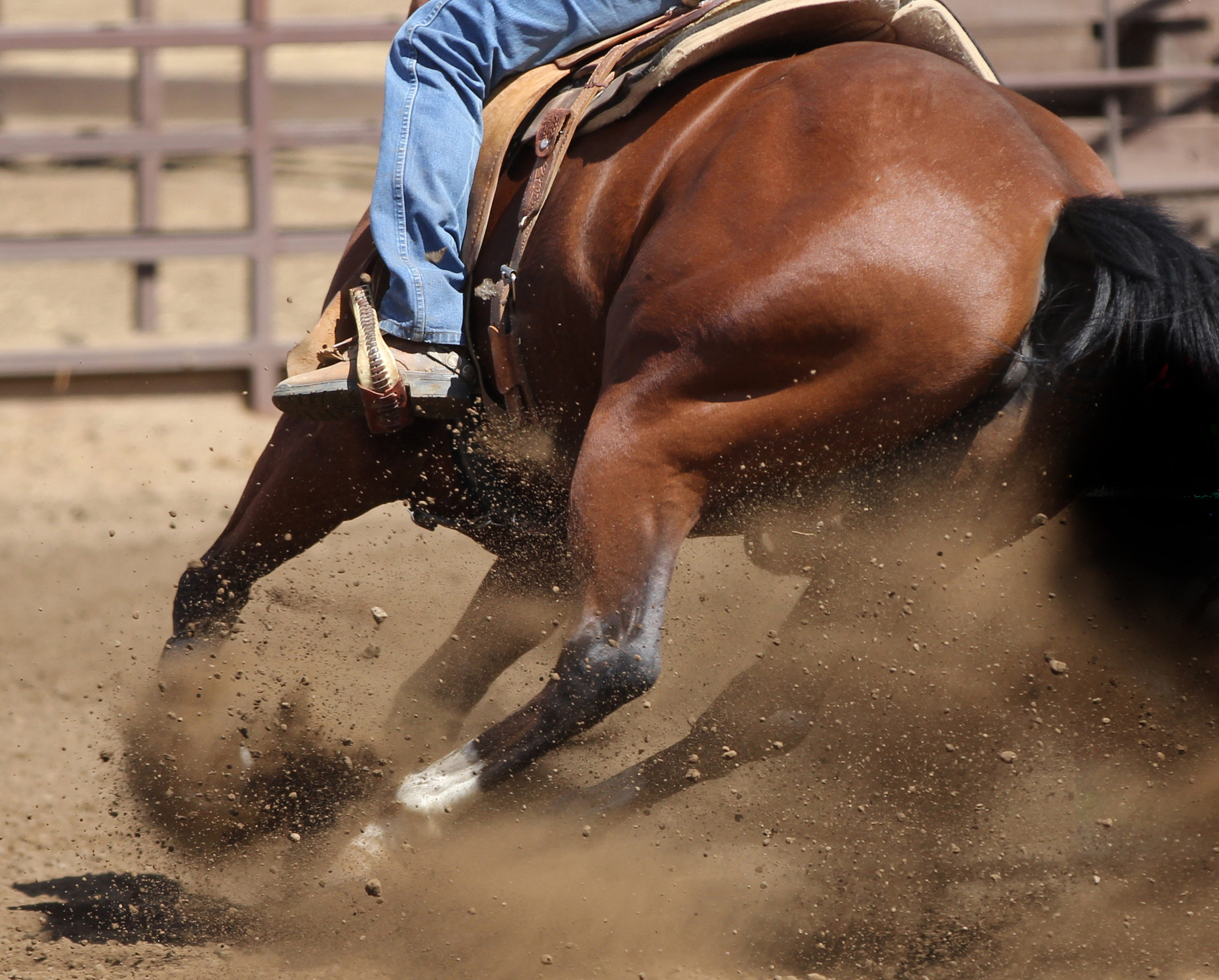
Competition season is in full swing; your horse is fit and performing well. Then it happens, the horse takes a bad step and pulls up lame. Your immediate concern is the wellbeing of the horse. What is the nature of the injury? How severe is the injury? How much competition time will the horse miss? All logical questions, but another question to consider is, how should you feed this horse to speed recovery?
Injuries come in many forms—bone fractures, skeletal lameness, muscle injuries, tendon injures, ligament injuries and a host of others. The net result of these injuries is the horse immediately stops training. The horse is often transported to a facility where it is confined to a stall for rest. Sickness or disease, much like injuries, can also result in lost competition and training time along with stall rest.
Feeding horses that are sick or injured is not just a matter of providing hay and water. Sick or injured horses have elevated energy and protein requirements. The energy requirements for an 1,100-pound sick or injured horse vary from 18 to 22 Mcal per day. The protein requirements for a sick or injured horse are estimated to be 25% higher than a horse that is simply resting. Together, the nutrient requirements for energy and protein for a sick or injured horse are similar to the requirements of a healthy horse in light work.
So, we have an injured horse confined to a stall with elevated nutrient requirements. This injured horse is accustomed to daily exercise, but it is not physically able to exercise. We also want to keep this horse calm and quiet to prevent further injury. These challenges make feeding the sick or injured horse difficult.
Let’s first start with the energy (calorie) needs of the injured or sick horse. Begin by providing the horse with grass hay on a free-choice basis. Grass hay will provide calories in a slow release manner since it is fermented within the digestive tract. In addition to grass hay, a small amount (0.5% to 1% of body weight) of alfalfa hay, pellets or cubes should also be fed. Alfalfa contains more calories per pound compared with grass hay and it is a great source of quality protein and calcium. This protein and calcium are very important in the healing process. Soaked beet pulp can be fed to sick or injured horses as an additional source of calories. Beet pulp contains the same amount of calories, on a dry weight basis, as an equal weight of oats, however, beet pulp contains minimal amounts of sugar and starch compared to oats. So, feeding soaked beet pulp instead of oats will minimize the sugar content of the diet and help control hyper behavior.
Dietary fat in the form of vegetable oil (soybean oil or canola oil) is also a highly digestible, non-sugar energy source. Horses that are thinner than a body condition score of 5 will take longer to heal since they lack nutrient intake and body reserves.
The protein requirements of a sick or injured horse are elevated by 25% over maintenance requirements. Protein is a important component of muscle, bone and most soft tissues, and it is a vital nutrient for the healing process. Extra protein is most often supplied in the diet with alfalfa hay, soybean meal and ground flax.
The final component that must be addressed in the diet is the intake of vitamins and minerals. Vitamins and minerals function as building blocks for the repair of damaged tissue. They also function as co-factors to facilitate the chemical reactions to synthesize or repair tissue within the body. Critical minerals and vitamins include calcium, phosphorus, copper, zinc, selenium, and vitamins A, D and E. The low intake, high protein supplement pellet that was added as a quality source of protein should also be an excellent source of vitamins and minerals. Follow the feeding directions on the label to ensure the horse gets adequate diet fortification.
Finally, the management of the horse is critical to the recovery process. We have purposely eliminated or at least minimized the grain component of the diet to control the sugar and starch intake of the horse. This should help to control some of the hyper behavior often seen in horses confined to stalls.
The next time your horse should have the unfortunate fate of becoming sick or injured, modify the diet as described to help the horse recover quickly.
This article was authored by Dr. Tania Cubitt and Dr. Stephen Duren, Performance Horse Nutrition. For more information about Standlee Premium Western Forage visit standleeforage.com.


